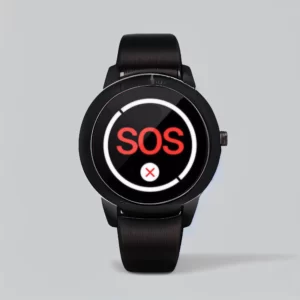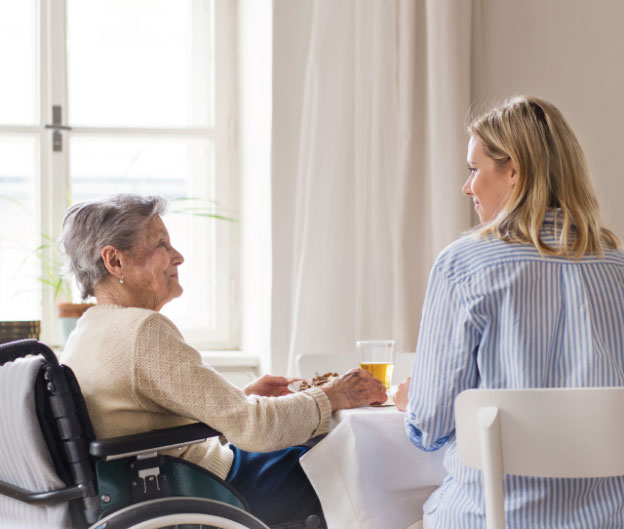Your cart is currently empty!
Personal Alarm Compliance in Australia: Ensuring Safety with Standardised Devices
·
·
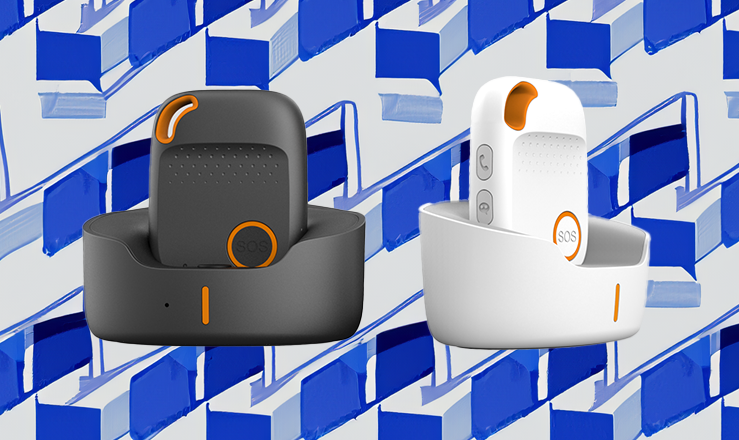
Personal Alarm Compliance in Australia: Ensuring Safety with Standardised Devices
In the realm of personal safety, especially within the context of Australia, one cannot underestimate the importance of personal alarm compliance. With the surge of various personal alarm systems in the market, understanding compliance standards is crucial to ensure the utmost safety and reliability of these devices. Personal alarms are not only significant but essential for vulnerable individuals such as the elderly, those with disabilities, lone workers, and individuals with health conditions.
In Australia, the process of ensuring Personal Alarm Compliance is meticulously overseen by several authorities such as the ACMA (Australian Communications and Media Authority) and involves various schemes like NERS (National Equipment Registration Scheme). The topic beholds the interest of many individuals and professionals, particularly those with a focus on safety and security.
This article aims to delve into the significance of compliant personal alarms, both within the Australian context and globally, highlighting the risks of non-compliant devices and how to verify if your device ensures personal alarm compliance. Furthermore, it will provide a detailed explanation of the authorities involved, various terminologies, and processes fundamental to appreciate the importance of Personal Alarm Compliance.
Role of Regulatory Bodies in Personal Alarm Compliance: ACMA and MSD
ACMA (Australian Communications and Media Authority)
In Australia, the ACMA plays a crucial role in Personal Alarm Compliance. This government body is responsible for setting guidelines, standards, and ensuring that personal alarms comply with the relevant regulatory requirements, such as registration in the National Equipment Registration System (NERS) database by the provider. This signifies the supplier’s responsibility, and the absence of this registration may imply that the alarm system is non-compliant and possibly unsafe.
The ACMA’s role also involves ensuring that personal alarms adhere to AS 4607, the Australian standard for personal response systems. This compliance signifies that the alarm device meets definite technical and performance requirements. The ACMA conducts inspections and audits to ensure these standards are maintained, acting as a guardian of Personal Alarm Compliance in Australia, and contributing to the safety and well-being of individuals who rely on these devices.
MSD (Ministry of Social Development, New Zealand)
Before delving into the Australian framework of Personal Alarm Compliance, it is worth understanding the role and function of the MSD in New Zealand. The MSD is a government department responsible for various aspects of welfare, including the provision and regulation of personal alarms. These regulations ensure that personal alarms are of high quality and effectively serve their purpose of providing safety and security to individuals.
In New Zealand, personal alarms must meet standards set by the MSD, which also provides valuable insights that can be applied to the Australian context. The principles drawn from the MSD’s approach underline the importance of having a regulatory body overseeing the provision and use of personal alarms.
Both the ACMA in Australia and the MSD in New Zealand are tasked with overseeing Personal Alarm Compliance in their respective regions. Their roles involve setting standards, regulating providers, and ensuring the safety, quality, and reliability of personal alarms. In Australia, compliance with regulations such as AS 4607 and registration with the NERS is crucial. The combined efforts of these regulatory bodies highlight the importance of standardization and careful oversight in ensuring that personal alarms serve their essential purpose of protecting vulnerable individuals.
Characteristics of Compliant Personal Alarms
Compliance with personal alarm regulations requires specific features and characteristics. Here’s a comprehensive look at the essential attributes that compliant personal alarms should possess:
-
4G Capability
- Faster Communication: A compliant personal alarm with 4G ensures faster and more dependable communication with emergency response centres, vital for immediate help.
- Enhanced Mobility: This feature is particularly crucial for individuals who travel frequently or spend significant time outside their home, allowing for help from any location.
- High-Quality Voice Calls: Ensuring clear communication during a medical emergency, which can be a matter of life and death.
- Security Protocols: Advanced encryption and other security protocols safeguard data transmitted over the network, guaranteeing the privacy and security of personal and medical data.
-
GPS Location Tracking
- Swift Identification: Allows emergency responders to identify the user’s location swiftly and accurately, crucial during emergencies.
- Assistance for Specific Conditions: For users with dementia or Alzheimer’s, this feature provides peace of mind for caregivers, enabling quick location if they wander.
- Historical Data: Some compliant devices also store location history, which can be valuable for medical or legal purposes.
-
SIM Card Functionality
- Connection to Cellular Network: The SIM card connects the device to the network, transmitting alerts to a Customer Care Centre or nominated emergency contacts.
- Compatibility: When choosing a personal medical alarm, it is essential to consider the type of wireless technology used by the device and ensure that it matches local network standards.
- Redundancy: Some compliant devices offer multi-SIM functionality to ensure connection even if one network fails.
-
Fall Detection
- Immediate Alert: Personal alarms with fall detection can send an automatic alert if a fall is detected, crucial for those at risk.
- Sensitivity Adjustments: The feature often includes sensitivity settings that can be tailored to individual needs and activities.
-
Monitored by Trained Professionals
- Quick and Appropriate Response: Connected to a monitoring centre staffed by trained professionals who can respond quickly to provide assistance.
- 24/7 Availability: Round-the-clock monitoring ensures that help is always available, regardless of the time of day or night.
- Specialised Training: Monitoring staff often receive specialised training in various emergency scenarios, enabling them to provide appropriate support and coordinate with emergency services.
-
Compliance with Standards and Certifications
- Meeting Regulatory Requirements: Devices should be certified to meet specific national and international standards, such as AS 4607 in Australia.
- Warranty and Support: Compliant devices usually come with robust warranties and customer support, reflecting the manufacturer’s confidence in the product’s quality and reliability.
Compliant personal alarms are not just about meeting legal requirements. These characteristics reflect a commitment to quality, functionality, and user-centric design. They ensure that the device will function reliably when it’s needed most, giving both users and their families peace of mind. Whether selecting a device for oneself or a loved one, understanding these key characteristics can guide a decision that prioritizes safety, reliability, and adherence to the highest industry standards.
Potential Risks of Non-Compliant Alarm Devices
While there are numerous benefits of using a compliant personal alarm, using a non-compliant device can put your safety and well-being at risk. Non-compliance not only undermines the device’s reliability but also creates specific vulnerabilities and hazards. Here’s an in-depth look at some of the possible implications:
1. Inability to Call for Help
- Lack of Connectivity: If the system is non-compliant with relevant standards and regulations, it may fail to effectively connect to emergency services or communicate with the monitoring centre.
- Incompatibility with Networks: Non-compliant devices may not be compatible with local communication networks, leading to connection failures when you need help the most.
2. Delayed Response Time
- Slow or No Alerts: If the system is non-compliant, the monitoring center may not receive the alert promptly, or at all, leading to delayed response times and endangering lives.
- Confusing Interfaces: Non-compliant devices may have poorly designed user interfaces, leading to confusion during emergencies and causing delays in seeking assistance.
3. False Alarms
- Sensitivity Issues: Non-compliant personal alarm systems may be more prone to trigger false alarms due to inappropriate sensitivity settings.
- Reputational Damage: Constant false alarms can erode trust with emergency responders, potentially affecting future response times.
- Waste of Resources: False alarms can lead to unnecessary emergency responses, wasting valuable resources and potentially diverting them from real emergencies.
4. Inaccurate Location Tracking
- Faulty GPS Systems: If the personal alarm system is non-compliant, it may contain substandard GPS components that cannot accurately track the user’s location.
- Delays in Emergency Response: Inaccurate location information can lead to significant delays in emergency response, risking the user’s safety.
5. Reduced Functionality
- Missing Essential Features: Non-compliant personal alarm systems may lack important features such as fall detection, two-way communication, or other specialized functions tailored to specific needs.
- Low-Quality Components: The use of substandard materials and components can lead to reduced durability and increased likelihood of failure, particularly under stressful conditions.
6. Legal and Financial Implications
- Potential Legal Liability: Using a non-compliant device might expose users or caregivers to legal risks if it leads to harm due to non-adherence to local regulations.
- Warranty and Support Limitations: Non-compliant devices may not come with the necessary warranties or support, making it costly and challenging to address any malfunctions or issues.
The decision to use a non-compliant personal alarm device comes with serious risks and potential consequences. It emphasises the importance of carefully selecting and purchasing personal alarms that adhere to established standards and regulations. By understanding and avoiding these risks, individuals and caregivers can make informed choices that prioritise safety, reliability, and peace of mind.
Ensuring Personal Alarm Compliance
To ensure that you are purchasing a compliant personal alarm, it’s important to follow a systematic approach that encompasses understanding, evaluation, selection, and ongoing maintenance. Here’s a breakdown of the steps:
-
Research on Personal Emergency Response Systems
- Understand Your Needs: Identify the specific requirements you or a loved one might have, such as particular health conditions, lifestyle, or environmental factors.
- Explore Different Technologies: Personal alarms can vary in functionality and features. Understand the different technologies available and how they might cater to your needs.
-
Check for Compliance with Relevant Standards and Regulations
- Look for Certifications: Seek alarms that comply with established standards such as AS 4607 in Australia, or equivalent international standards.
- Verify with Authorities: Check with regulatory bodies like the ACMA in Australia to verify that the product meets the necessary regulations.
-
Check Reviews of the Personal Emergency Response System
- Read User Reviews: Look at reviews from real users to gauge the reliability and effectiveness of the device.
- Consult Professional Opinions: Look for expert reviews, comparisons, or endorsements from reputable sources in the field of safety and security.
-
Ask for Recommendations
- Talk to Friends or Family: Consult with those who may have personal experience with these devices.
- Engage with Professionals: Speak with healthcare providers, social workers, or safety experts who may provide personalized recommendations based on your specific situation.
-
Compare Different Personal Emergency Response Systems
- Evaluate Features: Compare the features, pricing, warranties, and support services offered by different providers.
- Consider Long-term Value: Assess not just the upfront cost but the overall value, considering the quality, reliability, and after-sale support.
-
Test and Maintain the Personal Emergency Response System
- Request a Demonstration: If possible, ask for a live demonstration of how the system works.
- Establish a Maintenance Routine: Regularly test the device and follow the manufacturer’s guidelines for maintenance to ensure ongoing compliance and functionality.
-
Personal Alarm Compliance with Safe-Life Personal Alarms
- Explore Safe-Life Options: Safe-Life’s personal alarms, such as the Safe-Life 4G pendant, are known for their compliance with standards and quality.
- Consult with Safe-Life Representatives: Engage with Safe-Life’s team to understand how their products align with your needs and the relevant compliance standards.
By following these detailed steps, you can navigate the complex landscape of personal alarm systems, ensuring that you select a device that not only complies with the necessary standards and regulations but also meets your unique needs and preferences. This thoughtful approach helps safeguard the well-being of those who rely on personal alarms, aligning with a commitment to safety, quality, and reliability.
How Duress Alarms Fit into Personal Alarm Compliance
Duress alarms are a specific type of personal alarm designed to be activated in situations of distress or emergency. These devices play a crucial role in the Personal Alarm Compliance framework in Australia. Like other personal alarms, duress alarms must also comply with the necessary standards set by the ACMA and be registered under the NERS.
Duress alarms are particularly important in contexts where individuals may be at risk, such as in workplaces or for those living alone. Ensuring duress alarms comply with the necessary standards is crucial as it guarantees their reliability and effectiveness in times of emergencies.
In essence, duress alarms fit into the Personal Alarm Compliance framework as a specific type of personal alarm that must adhere to the same compliance requirements. This ensures that all types of personal alarms, regardless of their specific functions or uses, meet the same high standards of safety and reliability.
Conclusion: The Future of Personal Alarm Compliance in Australia and Commitment to Quality
The future of Personal Alarm Compliance in Australia looks promising. With advancements in technology, personal alarms are becoming more sophisticated and user-friendly. This progress, coupled with stringent compliance requirements, ensures that personal alarms in Australia will continue to be reliable and effective. The ACMA, suppliers, and other stakeholders must continue to work together to maintain the high standards of personal alarm compliance in Australia.
One shining example of this commitment to quality is the Safe-Life personal alarms, such as the Safe-Life 4G pendant and watch alarm. These devices are designed to meet the highest industry standards, providing a reliable and effective support in emergencies. As part of their commitment to quality, these alarms meet the AS 4607 standard, ensuring personal alarm compliance.
In conclusion, Personal Alarm Compliance is a critical aspect of ensuring the safety and security of individuals in Australia and beyond. It extends not only to the regulatory bodies overseeing the standards but also to the manufacturers and suppliers committed to meeting and maintaining those standards. By understanding the various terminologies, authorities involved, and the relevance of Personal Alarm Compliance, we can appreciate the importance of this topic and its impact on the lives of many individuals.
Please call or email one of our friendly staff to assist you with your enquiry.
Safe Life
Alerting Devices Australia P/L T/A Safe-Life 5/270 Lower Dandenong Rd, Mordialloc, VIC, Australia 3195
NDIS Provider Number
4050109546
ABN
67 637 195 941
Phone
[formidable id="6"]
Share Article
More articles
-
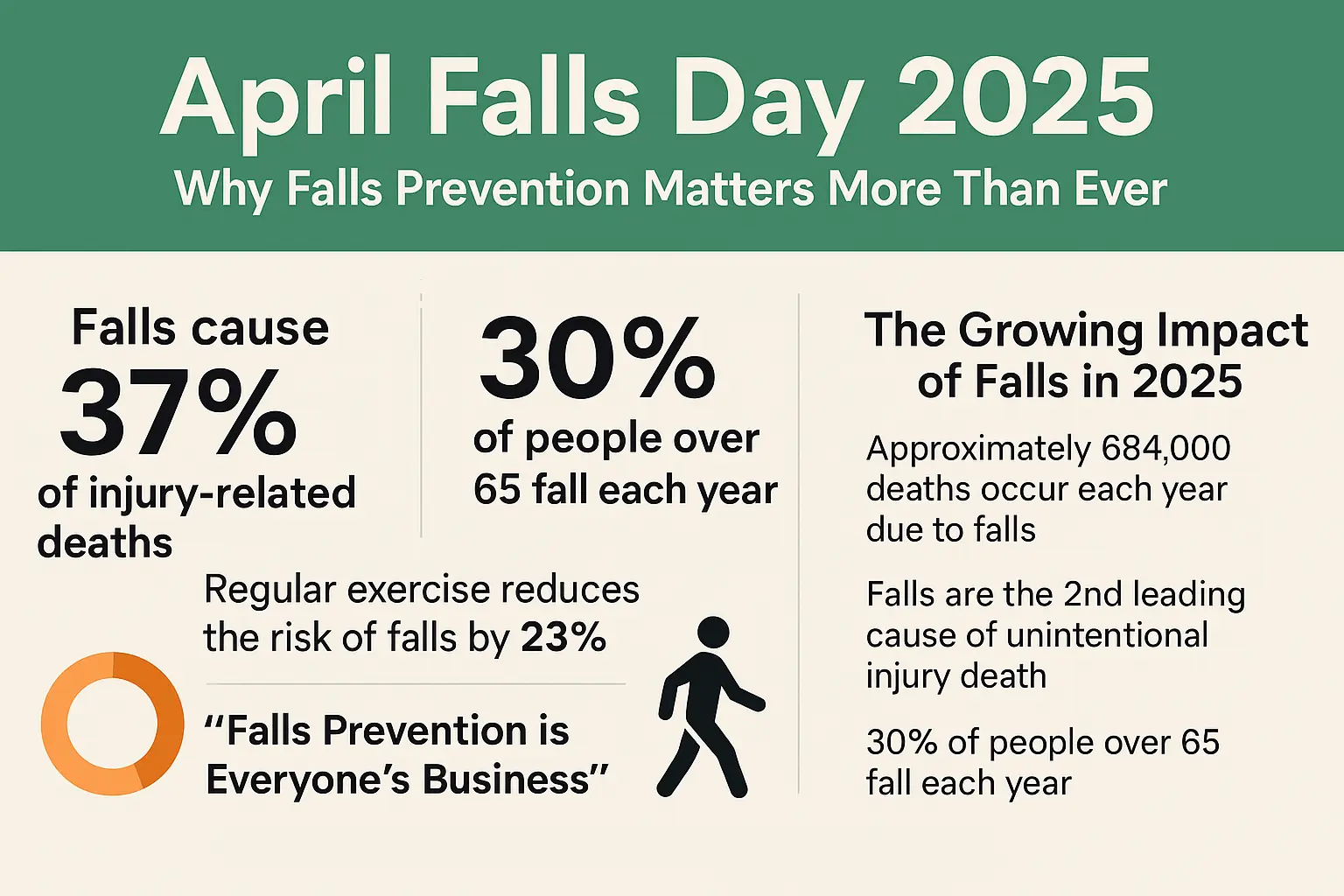
|
10 minutesApril Falls Day 2025
April Falls Day 2025: Why Falls Prevention Matters More Than Ever Falls cause 37% of injury-related deaths – a stark reality that makes April Falls Day 2025 a vital public health campaign. The numbers paint a worrying picture. Each year, 30% of people over 65 take a fall, which shows…
-

|
3 minutesAustralian Falls Guidelines 2025: What’s New and Why It Matters
Australian Falls Guidelines 2025 signal the biggest shift in fall-prevention practice since 2009. Falls remain Australia’s leading cause of injury-related hospitalisations and deaths among older people, costing the health system billions each year. This updated national blueprint replaces passive risk scoring with action-oriented, evidence-graded interventions—everything from balance-intensive exercise and vitamin…
-

|
4 minutesCommunity Fitness Programs: Your Path to Wellness at Any Age — 2025 Guide
Sub-article 1 in our Australian Falls Guidelines 2025 series 1. Why This Guide Matters Quick reality check: More than 80 % of Australians aged 65+ live with at least one chronic disease¹, yet nearly 60 % fall short of basic activity targets². Community fitness programs (CFPs)—walking clubs, tai chi in…
-
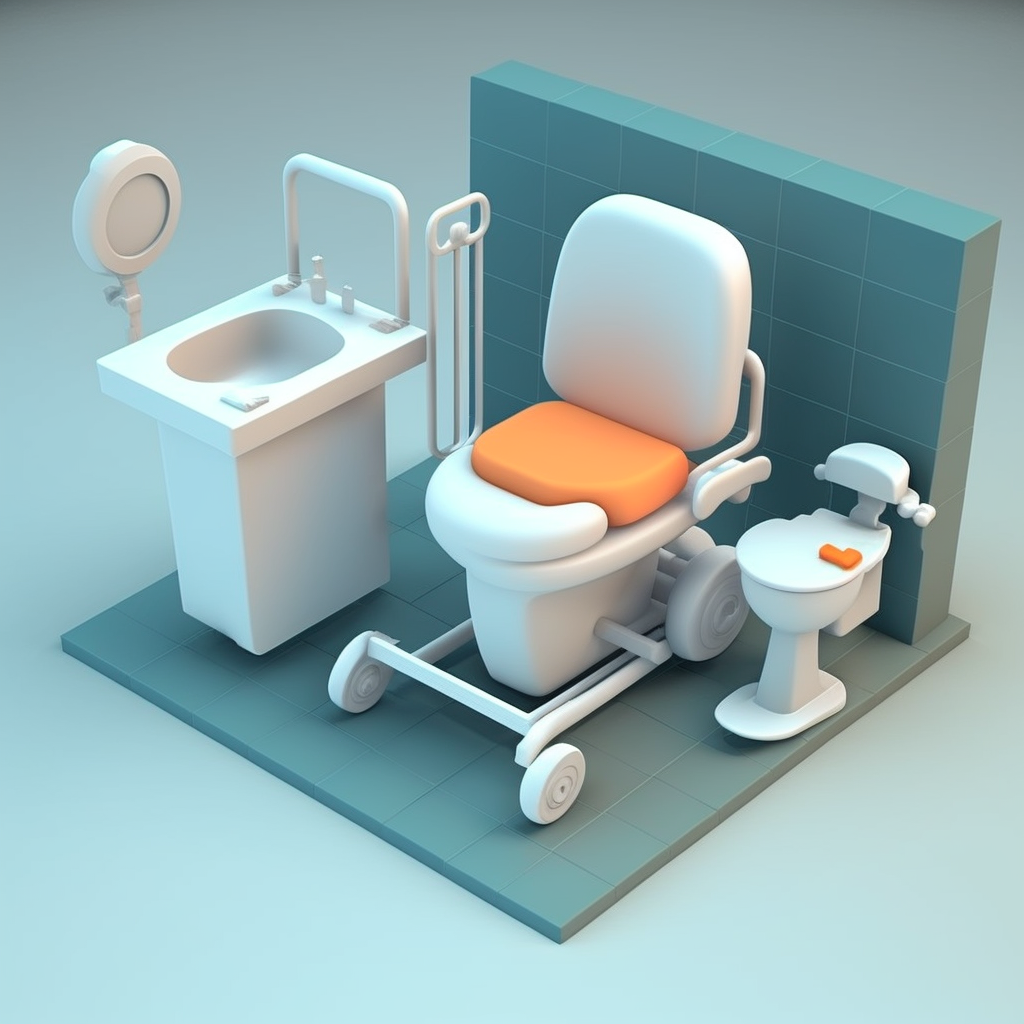
|
8 minutesDisability Shower Seat: Making Bathing Easier with Disability Bathroom Equipment
Discovering the Benefits of a Disability Shower Seat: Making Bathing Easier with Disability Bathroom Equipment Excellent bathing facilities are a must when it comes to improving the quality of life for those with disabilities. Disability bathroom equipment provides an opportunity for individuals to enjoy their bathing experience without having to…






